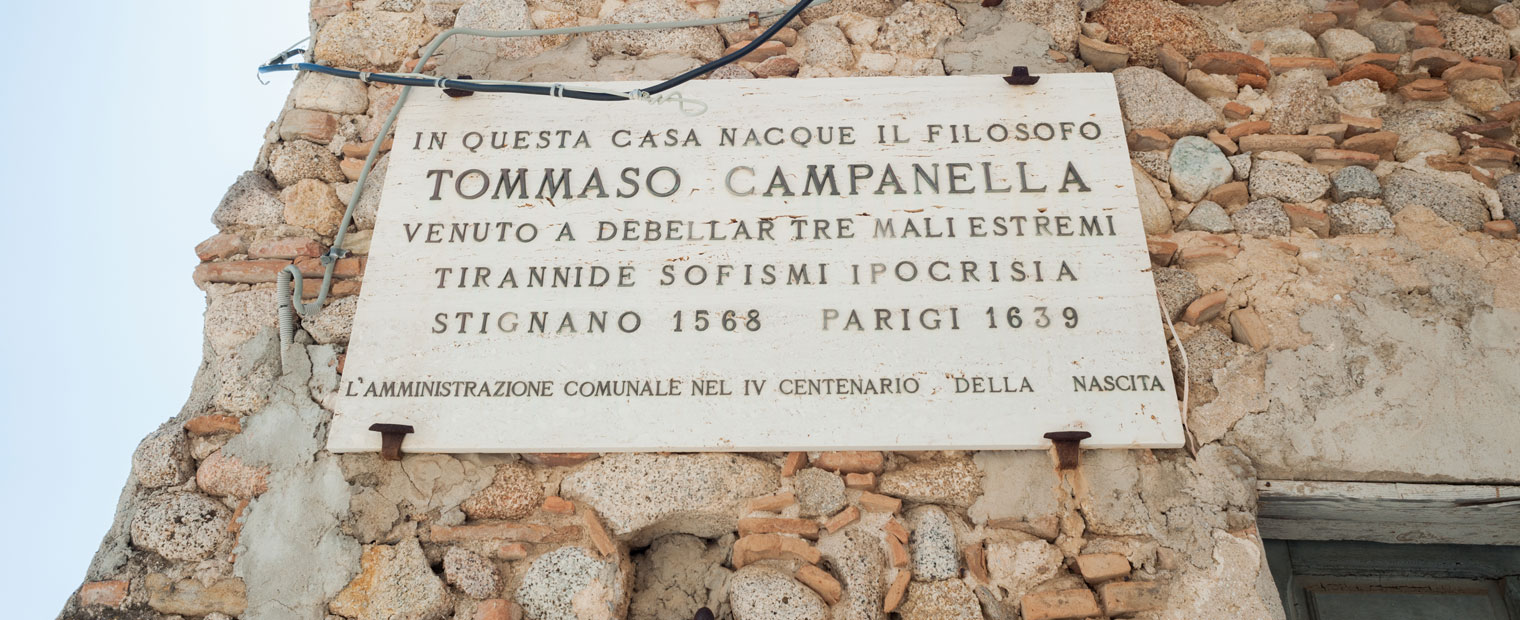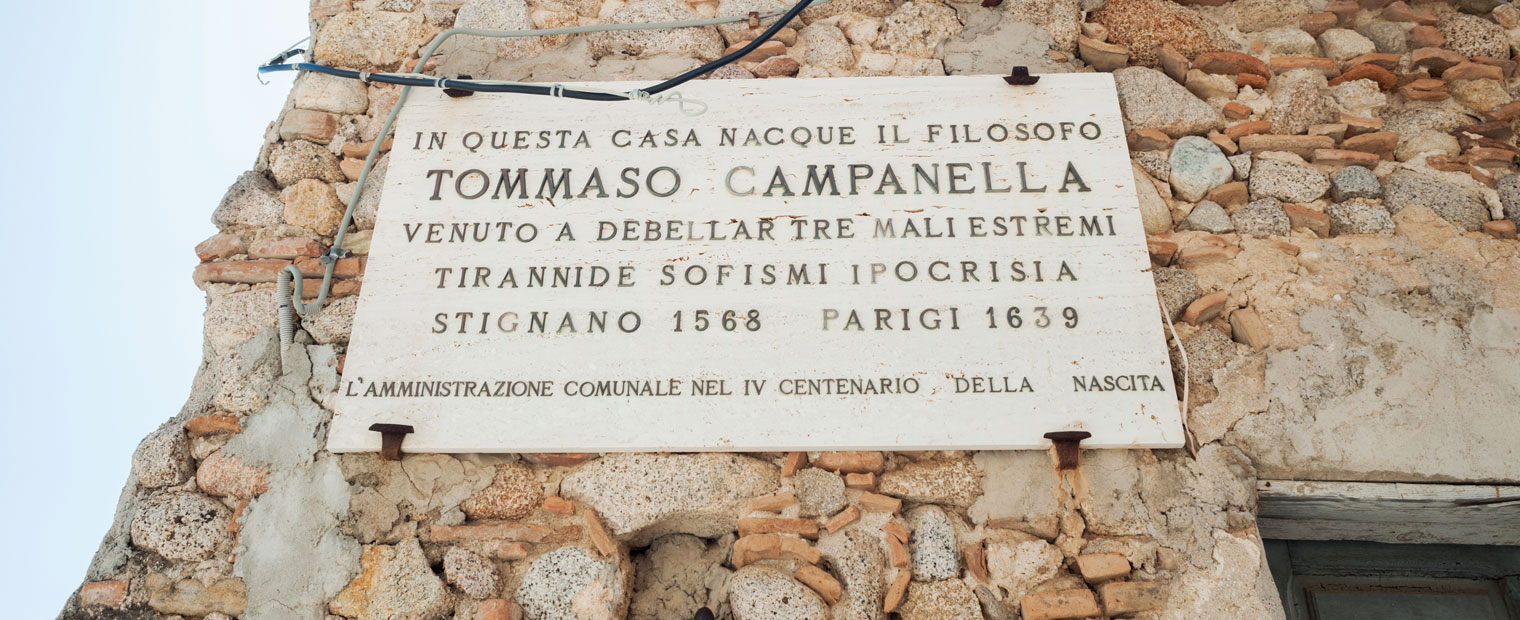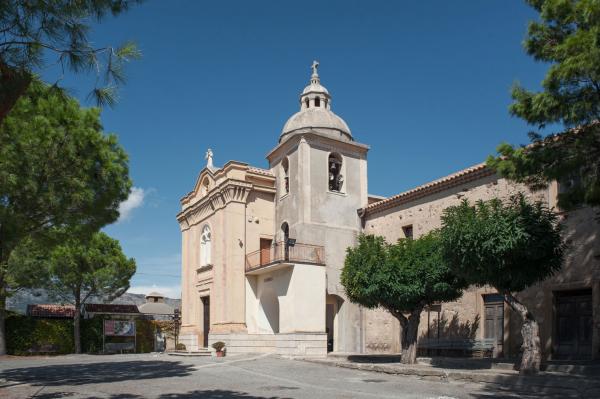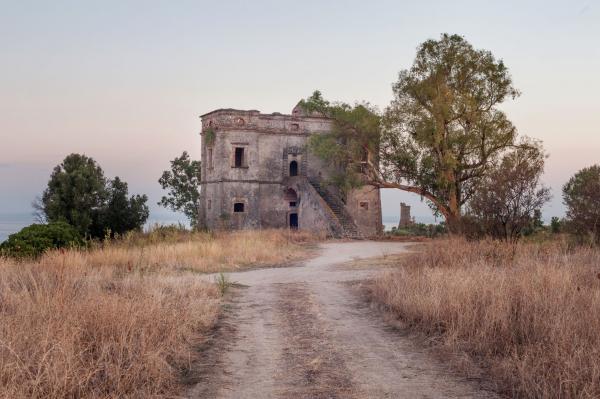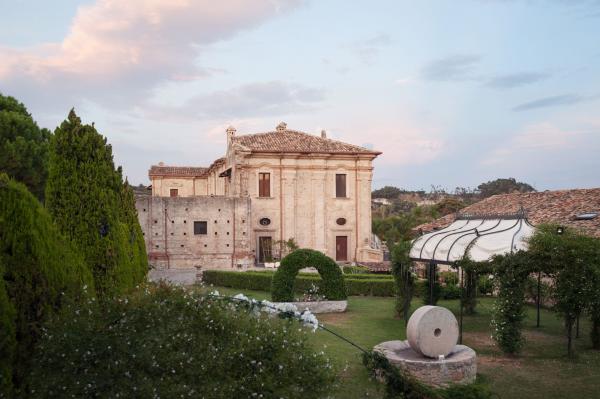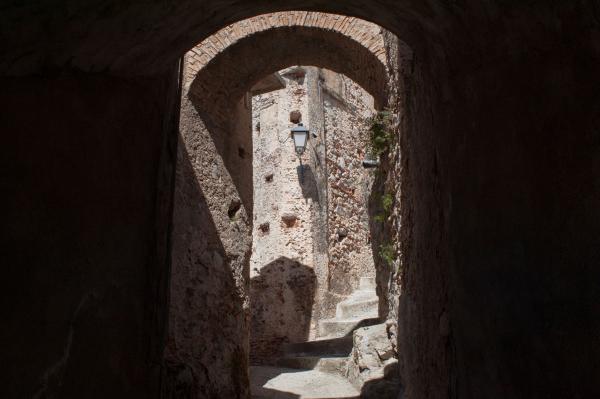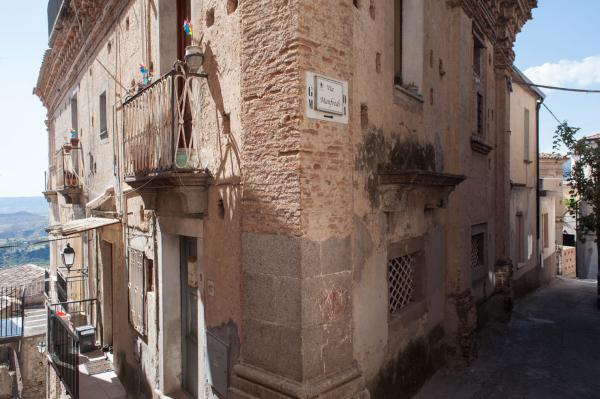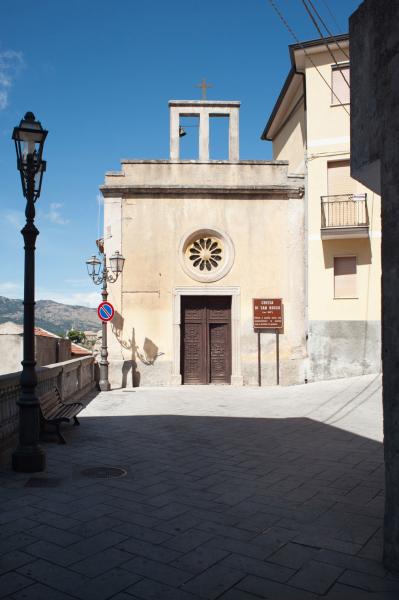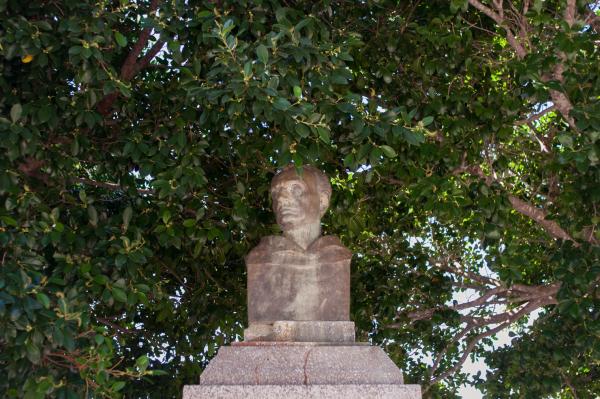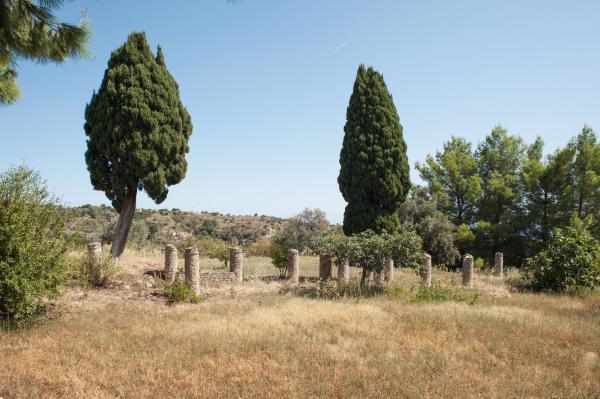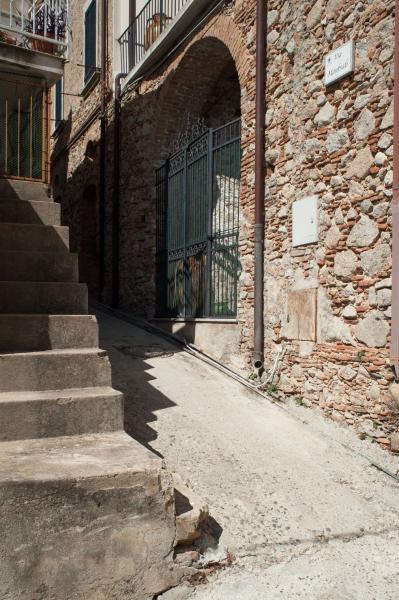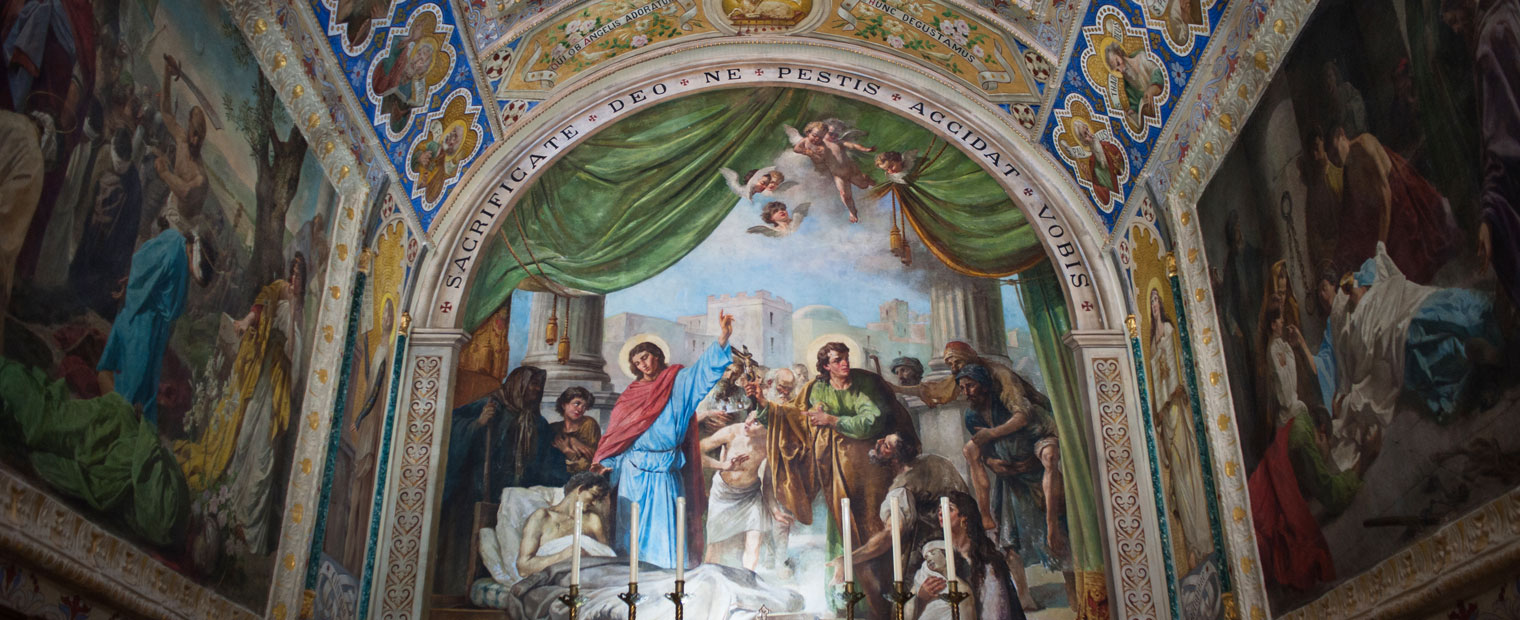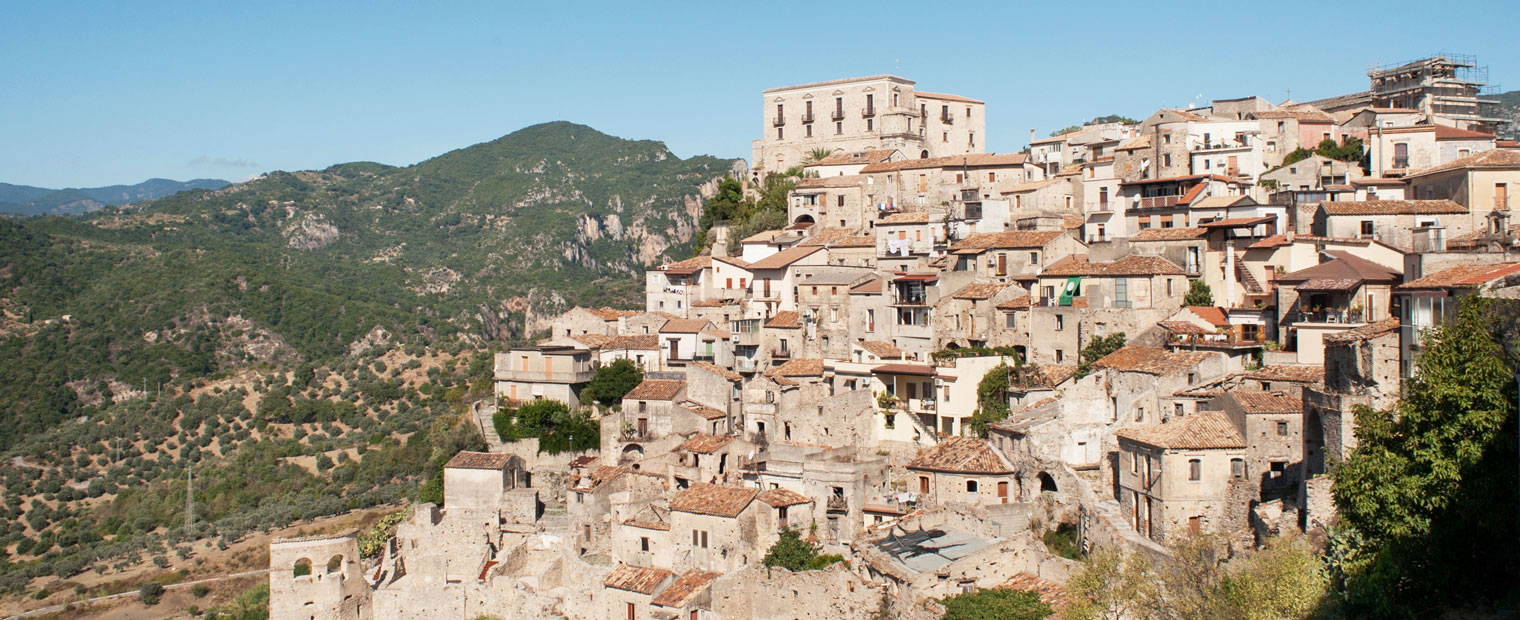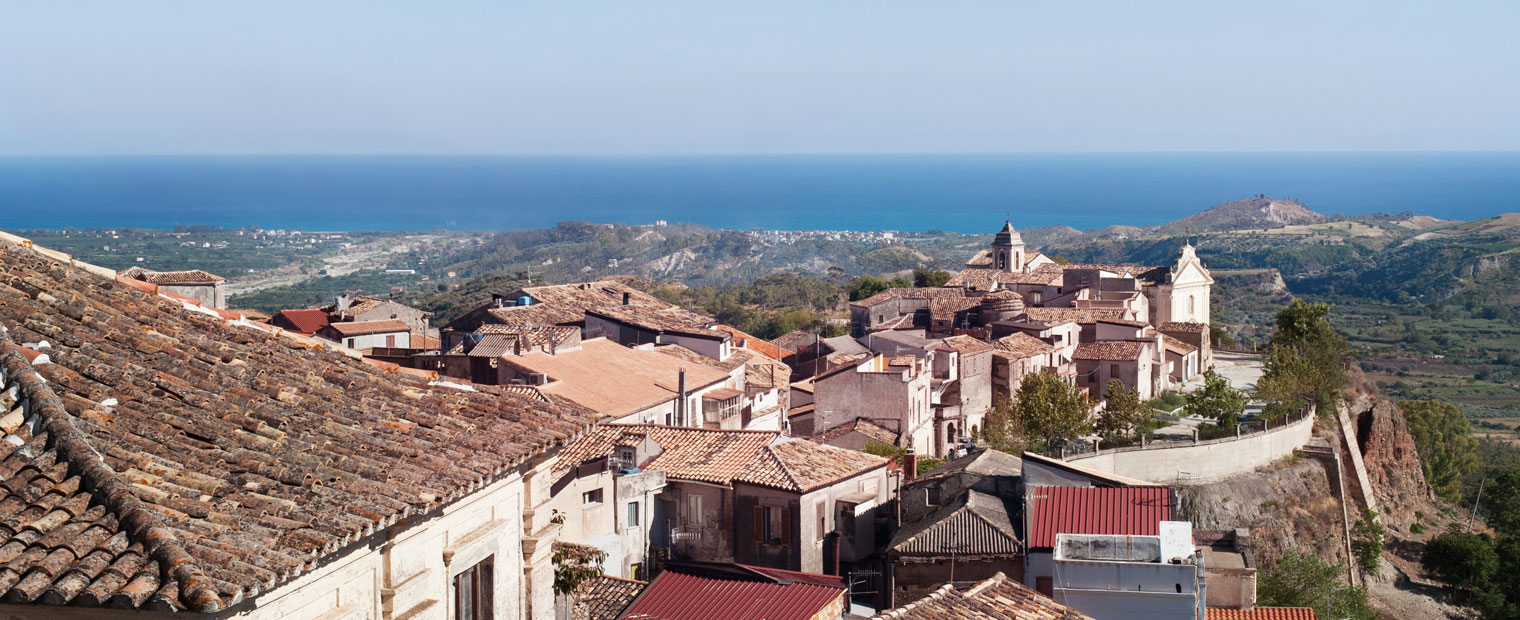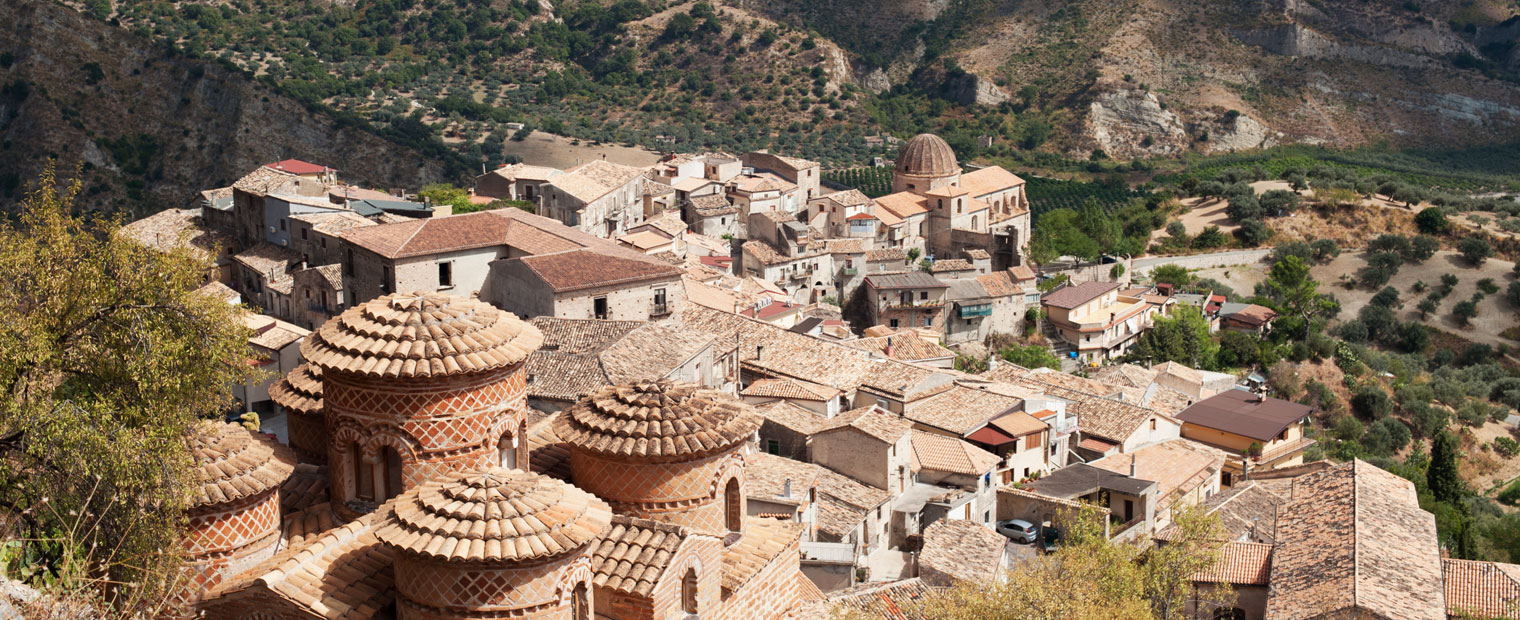Perched on a hill from which you can enjoy a spectacular view enriched by the brooms and the green shrubs of the Valle dello Stilaro and dell’Allaro and the ruins of ancient buildings that stood to protect the town, Stignano is the town that gave birth to Francesco Cozza, whose works embellish the churches all around Italy. Stignano is divided between a coastal strip where fine-golden coloured sands embrace the crystalline waters of the Ionian Sea and a green hilly stretch that reaches 340 metres high. Stignano includes an ancient historic centre in stone with a vertical structure unique in the world and an airier area, and a modern marina. Theatre featuring secular folks traditions such as the Festival of Saint Anthony of Padoa, which every June 13 attracts faithful followers and tourists from all over the region, Stignano is home of the Festival of Vicoli, one of the peak events of the Locride summer, which shakes its narrow streets with folk rhythms from all over the world, mixed with the genuine aromas and flavours of the lands of Calabria.

A walk around Stignano
The historic centre of Stignano stands clinging to a rocky outcrop at the foot of which flows one of the numerous streams that cool the area of Locride. The village, whose history is linked to that of the other Byzantine towns in the area, as evidence by a document from 1121, has maintained the layout and characteristics of the medieval villages, so the apparently piled up houses are connected between each other from a grid of stairs, arches, passages, lanes, and alleys that in these parts are called vianedi. Cars here are a luxury that is not always useful, as that is how narrow these streets are, which alternate with arches, steps, and terraces that combine buildings, modest hovels, and real baroque architectural jewels that feature decorated facades and imposing portals. Tommaso Campanella spent his childhood among these alleys, as evidenced by a plaque affixed to the walls of what was his birthplace and a monument in his honour in Piazza Forzio, a splendid viewpoint overlooking the jasmine coast. A little further up, the Convent of Saint Anthony of Padoa and the relative church, dating back to the 17th century, with the small, wonderful garden inside the cloister.
Moving towards the marine area, you can see the evocative ruins of the Castle of San Fili and its relative lookout tower, one built in the 1500s and the other in the 1700s to protect the inhabitants of the area from the Saracen invaders who arrived from the sea. Finally, the seaside area of Stignano, airy and equipped for the growing summer traffic of tourists, offers a superb white beach that blends with fresh crystal clear waters perfect for diving towards a beautiful seabed, populated by a variegated marine fauna and mysterious archaeological treasures waiting to be discovered.
Villa Caristo
A couple of kilometres towards the district of Scinà there is the splendid Villa Caristo, shrouded in a melancholic and mysterious air. It is said that the villa was built in the 1700s above the remains of the ancient patrician structure of the ancient Romans, and the unknown architect who designed and built this marvel and his majestic garden, full of statues and ornamental fountains, really made everything to keep up with the ancient splendour of the places. The triumph of the Calabrian Baroque, Villa Caristo stands in a dominant position over the valley and welcomes visitors with a long avenue leading to a spectacular courtyard decorated with a splendid fountain with a marble group representing Tancredi and Clordina, which, with the pathos of the scene represented, gives the guests a taste of what their eyes will feast on. The villa stands on two floors and is accessed via a majestic stone staircase at its entrance. It features a wonderful baroque garden all around crammed with marble, statues, fountains, and very fragrant floral corners in which to linger and dream a little. For some years now, it has been possible to crown you dream of love or celebrate with the most important moments of your life at Villa Caristo, which can be rented by private individuals and is the venue for prestigious public events.
DID YOU KNOW THAT...?
In 1984, Poste Italiane issued a stamp with Villa Caristo as its protagonist.
